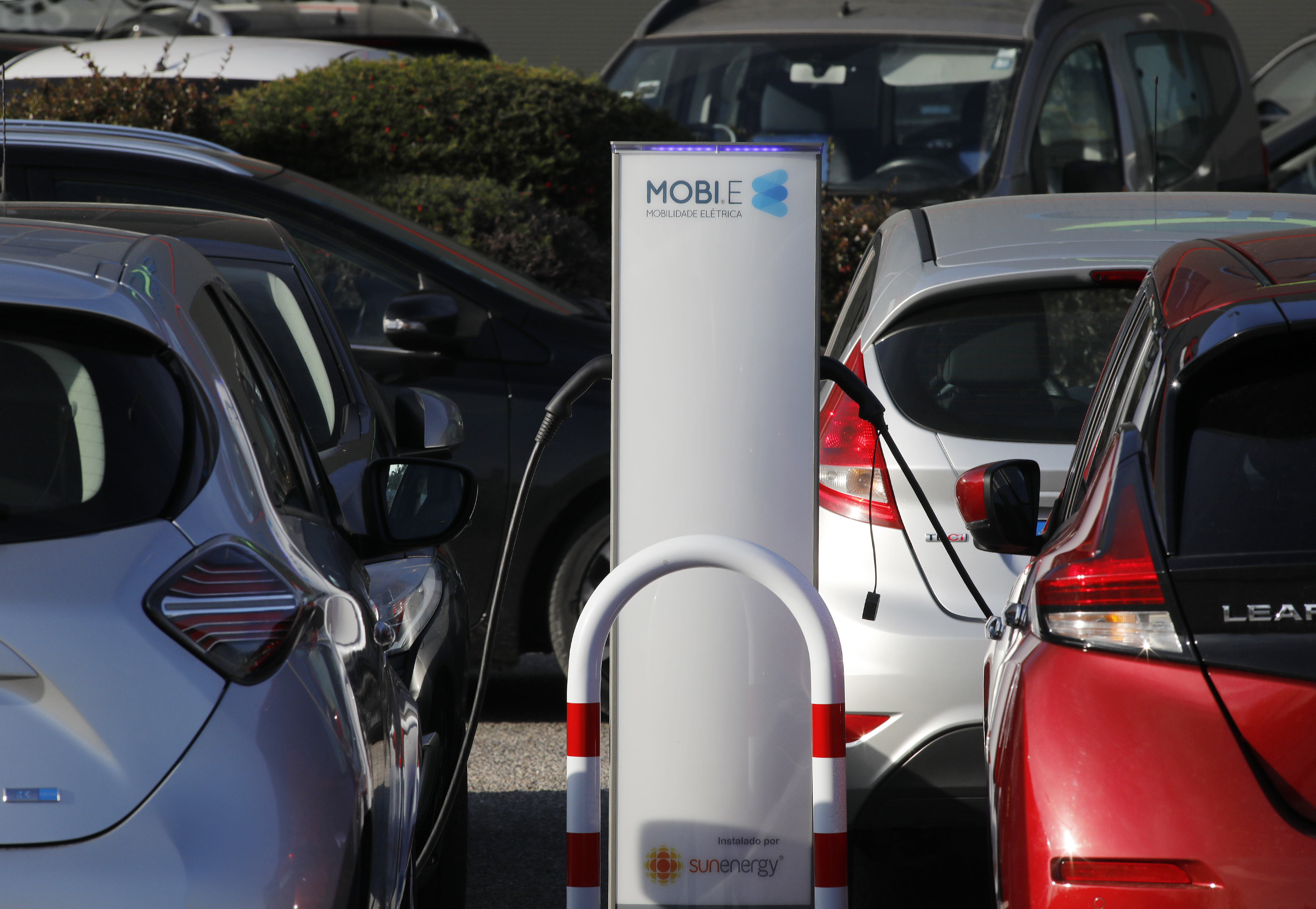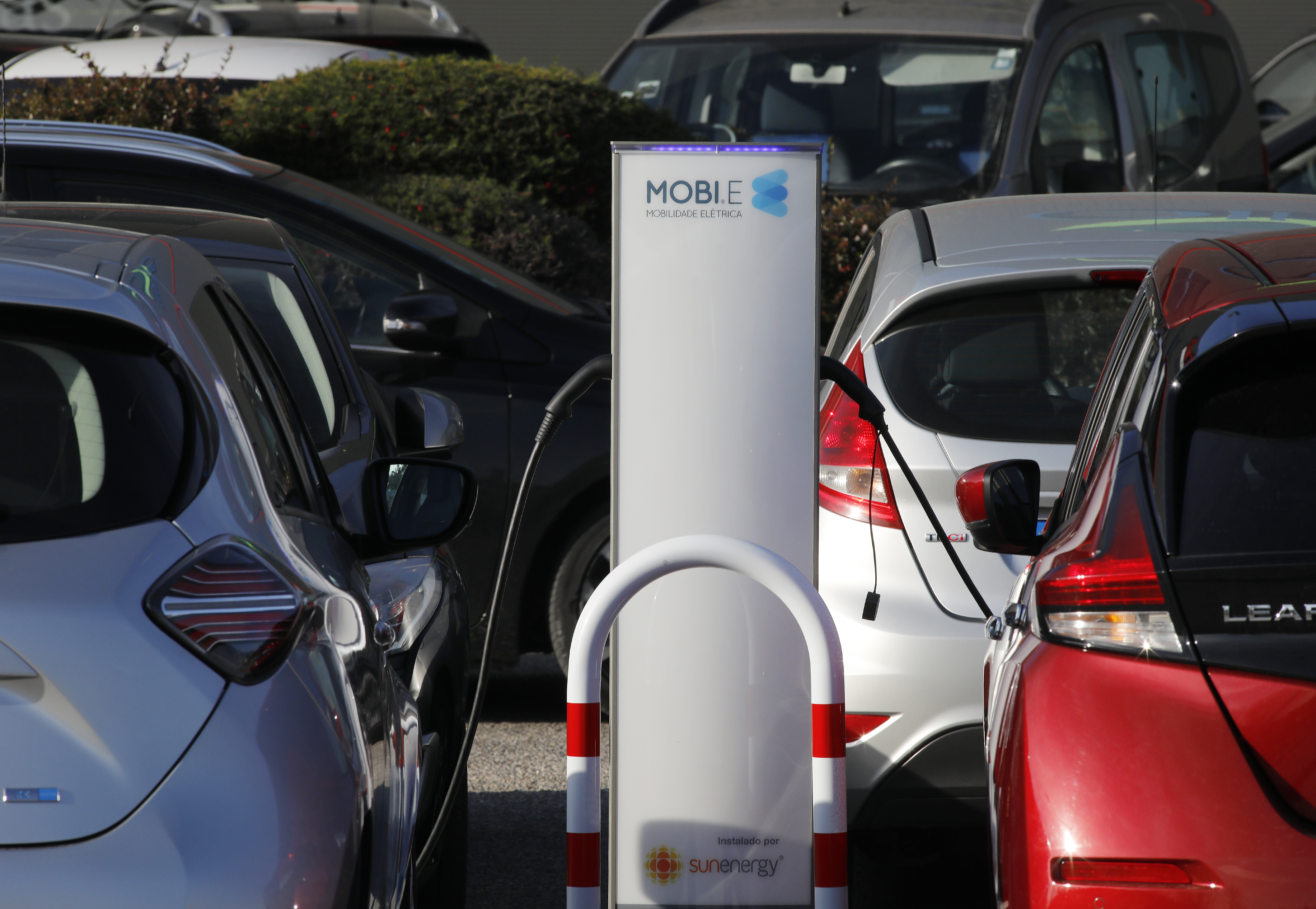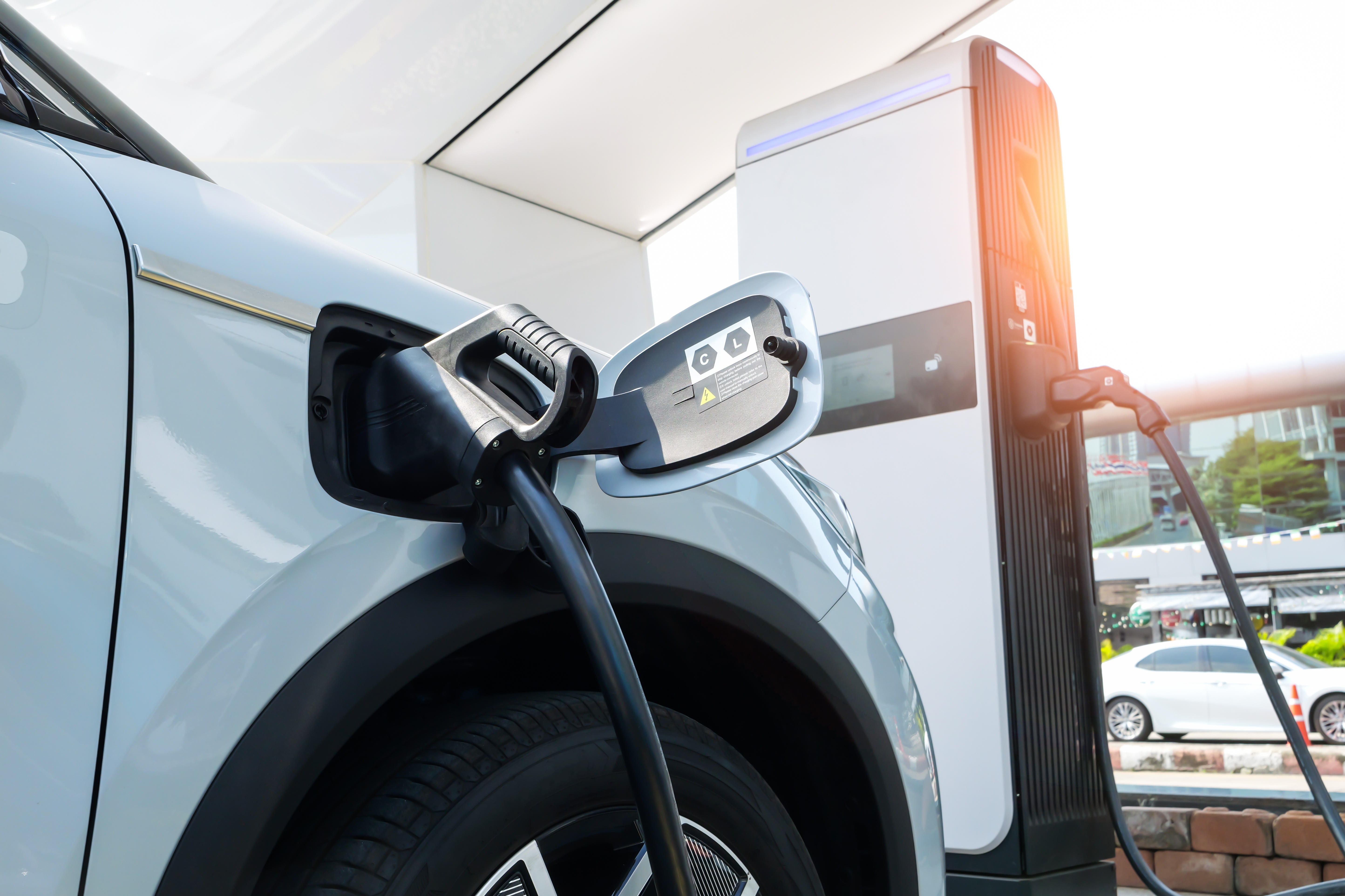Understanding Charging Costs - MOBI.E
Understanding Charging Costs
The Mobi.E system gives full freedom to Electric Mobility Suppliers (EMSP) and Charging Point Operators (OPC) to define their own business models and pricing schemes. This flexibility encourages competition and innovation, but it can make it less straightforward to understand the final cost of charging — especially for those more familiar with the simple pricing structure of fossil fuel refuelling.
However, charging an electric vehicle is, in practice, more convenient and flexible:
• It can be done at home, at work or in public spaces.
• It does not require your constant presence during charging.
• Payment can be made using a mobility card (EMSP) or, in many cases, directly at the charging point using a bank card.
The difficulty in estimating the final cost of a charging session lies in the fact that it results from the combination of two separate tariffs:
• The CEME tariff, which covers the cost of energy.
• The OPC tariff, which covers the use of the charging point (check the prices here).
Each may follow a different pricing model: per kWh, per minute, per session — or a combination of these.
What is inefficient use?
• Using a high-powered charger for a vehicle with a small battery.
• Leaving your vehicle plugged in after charging is complete.
• Charging outside the ideal range (20%–80%), which reduces charging speed.

In summary...
The Mobi.E system offers transparency, freedom of choice, and convenience, but requires some prior information from the user to make more efficient decisions. Fortunately, there are digital tools and simple strategies that help estimate the cost and make the most of electric mobility.



